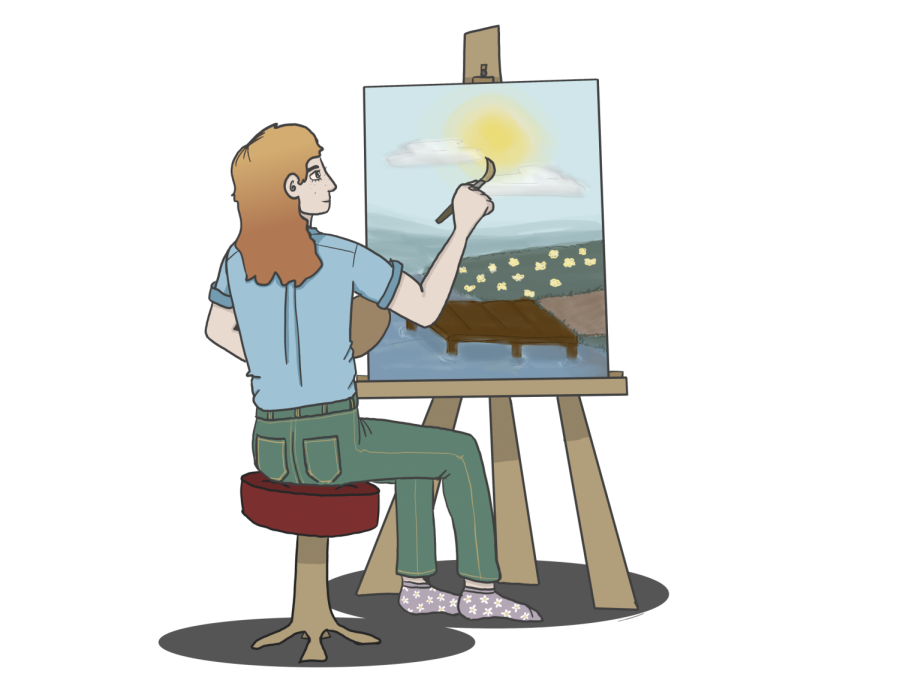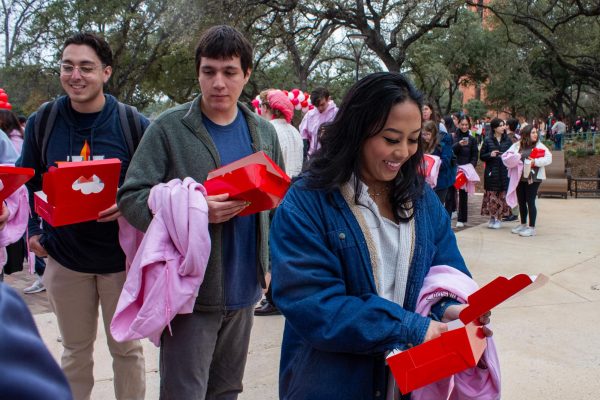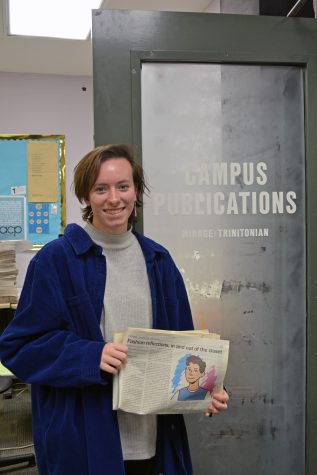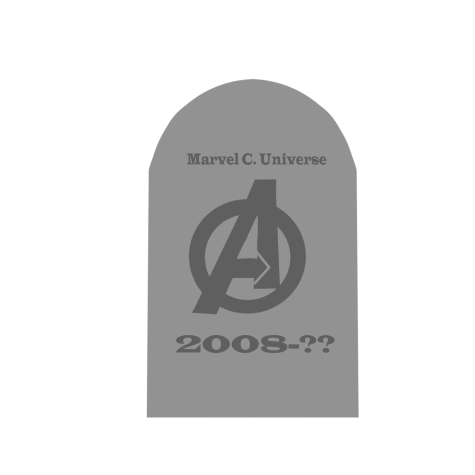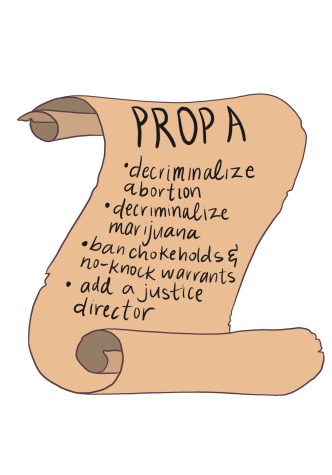Talking to students about the intersection of art and mental health
A music student, fine arts student and creative writing student share the benefits of making art
The past year has been unkind to mental health. Quarantine has revealed the benefits and the importance of community — as restrictions lift and life returns to a semblance of normal, the negative effects of life in isolation linger. As we look for ways to cope, art rises to the forefront as a different way to move forward.
There is something unique about art and the way it communicates what we struggle to get across. Scientists and scholars have recently begun to investigate the scientific connection between art and mental health, but I wanted to engage the question on a more personal level. I sat down with three different Trinity students, a music student, a fine arts student, and a creative writing student to talk about how art and mental health have collided in their lives.
Emily Warkentin is a junior psychology and music double major who has been connected to music her whole life. She started playing the piano at age four and continues to do so today. But her academic interest in music in college has been sort of an accident: “I didn’t think I would want to pursue [music] as a career of any kind. The only reason I started piano here at Trinity was because I got a scholarship.”
After taking a handful of music classes at Trinity, Warkentin was hooked. “It was kind of an issue for me trying to figure out how to pursue both the arts and science because those are equal interests for me. Before coming to Trinity, it felt like I had to pick one or the other. But through studying, I’ve seen how psychology and neuroscience has expanded in the last ten years and how it has become a lot more popular to look at how the arts play into other things that psychology was already looking at.”
Her specific interest is in music cognition, which is a branch of musicology. Besides her academic interest in music, Warkentin uses music to express and to process feelings and events. “If I don’t know how to process an event or an emotion, my instinct is to go improvise with the piano, or go paint, or go draw. If there is something that I’m feeling that I don’t understand or something I don’t want to understand, I’ll turn to those outlets. And when we use things without words, you don’t have to sit there and analyze every single thing.”
Important to Warkentin is the communication that art brings not only inside the person creating the art, but also the communication with other individuals. “I’m convinced that even if you can’t express your feelings or thoughts in words, if you have a song that you’re sharing with other people, that song is going to hit someone else’s heart.”
Sally Wyma is a sophomore studio art and psychology double major who has always turned to art as a comfort. “From a very small age, we were always encouraged to follow whatever we wanted to do creativity wise. I don’t think I ever went a year in any school from when I was very small to now where I haven’t done at least one art class.”
At the moment, Wyma really enjoys oil painting because of the layers necessary to make the art piece; she also enjoys photography. Art has been such a large part of Wyma’s life, and she says, “I can’t imagine not doing art in some form or fashion, and it really is such a release for me when I’m stressed.”
Wyma has also used art to take better care of herself. “There was a point where I didn’t really like myself so I started doing a self portrait everyday until I learned to like myself. And when I’ve looked back on some of those, it’s crazy how they all look so different. But I can remember exactly what I was feeling but would not be able to say in words,” Wyma said.
The connection between art and mental health became more important to Wyma when she moved schools as a younger child. “I could take more art classes which was really cool. And moving schools is stressful and being in art class was a nice way of making close friends,” Wyma said.
As to the connection between art and mental health, Wyma would love to find the real answer. “All I know is that it helps me process things. I think that art allows me to move past things instead of keeping them [inside],” Wyma said. “I think it helps; I don’t know if it fixes anything, but I think it helps.”
Elizabeth Motes is a sophomore English major who has recently become interested in the connection between art and mental health. She has been interested in creative writing since high school, and her love for creative writing grew naturally out of her love for reading. Writing has become increasingly important to her since the pandemic started. “Right now in particular, [writing] has been good for just having something to do.”
The pandemic piqued her interest in the connection between art and mental health because, Motes said, “we were surrounded by bad news and a lot of things were stressful. For me, writing has been a good way to get away from everything and take a break from it.”
Writing has helped Motes process the last year of hardships and struggles: “For me, [writing] has been a way to process things without head-on addressing them. Writing is a good way for me to tackle things emotionally. So I think [writing] is a good way to express emotions.”
Writing provides a subtle way to explore events and emotions for Motes. “[Writing] is a creative way of processing what’s happened. I don’t like to write directly about the pandemic and everything— I just find that challenging. Creatively it is easier to access those thoughts [about hard things],” Motes said.
The power of storytelling helps Motes sift through difficult emotions. “It’s a lot easier to process something instead of just writing it down directly to convey it in a story and still have those same emotions.”
Art has become especially important over the past year as we are confronted with negative emotions and difficult circumstances. Whether it is music, traditional art, or writing, art is a safe space to explore and express.
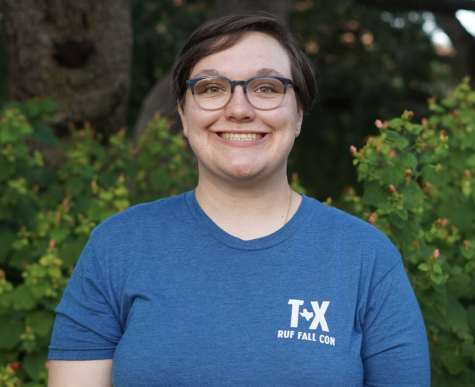
My name is Ayden Smith and I am a junior studying English here at Trinity. I am from Friendswood, Texas, and grew up coming to San Antonio for little vacations....
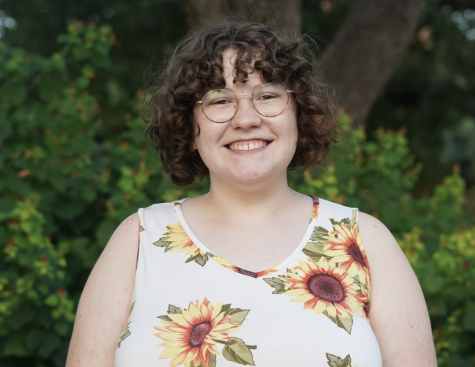
I'm a senior Computer Science major and a Classical Studies minor from Newton, North Carolina with a passion for art. I also work at the Center for Experiential...

